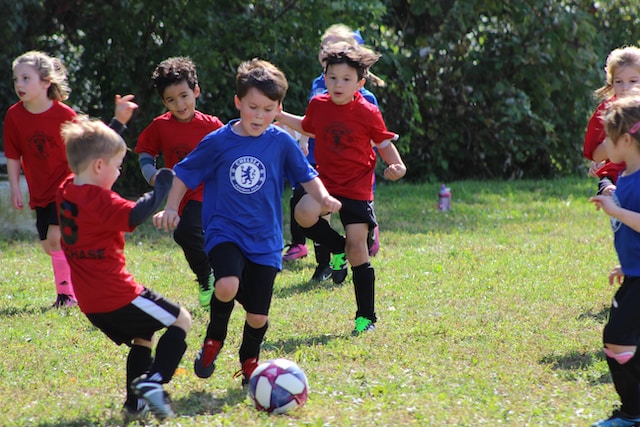Did you know over 50% of parents struggle to finance their child’s sports equipment? We’re here to help. You’re about to unravel the complexity of reverse mortgages. We’ll guide you through the basics, show you how to use them for financing your child’s cleats, and weigh the pros and cons. It’s a unique solution you’ve probably never considered. Let’s demystify this financial tool together and keep your young athlete in the game.
Key Takeaways
- Reverse mortgages provide a unique solution for financing sports equipment, offering immediate access to cash without selling the home.
- Eligibility criteria, such as age and home ownership, must be met to qualify for a reverse mortgage.
- Understanding the repayment terms of reverse mortgages is crucial, as they differ from traditional mortgages.
- While using a reverse mortgage for financing sports equipment can be advantageous, it is important to consider the potential long-term financial implications and explore other financing options before making a decision.
Understanding the Basics of Reverse Mortgages
You’re starting to grasp the basics of reverse mortgages, including understanding their unique benefits and potential drawbacks. A crucial piece of the puzzle is the ‘Eligibility Criteria’. You must be at least 62 years old, own your home outright or have a low mortgage balance, and live in the home as your primary residence. Additionally, you’ll need to demonstrate the financial ability to continue paying for property taxes, insurance, and home maintenance.
The other key factor is ‘Mortgage Repayments’. Unlike traditional mortgages, repayments aren’t required on a monthly basis. Instead, the loan is repaid when the borrower sells the home, moves out permanently, or passes away. This flexibility can be a significant advantage for many, but it’s not without risks. Understanding these aspects is essential in making an informed decision.
How to Use Reverse Mortgages for Financing Sports Equipment
While it might seem unconventional, you can actually use a Ameriverse Mortgage to finance sports equipment, as long as you’re over 62 and meet the other eligibility requirements. Here’s how you can tackle Sports Equipment Affordability using this strategy:
- Understand the Reverse Mortgage Regulations: You must live in your home, own it outright or have a low mortgage balance.
- Evaluate the amount needed: Identify the cost of the sports equipment and calculate how much of your home equity you’ll need to tap into.
- Consult a financial advisor: They can guide you through the process, ensuring you don’t risk losing your home.
Evaluating the Pros and Cons of Reverse Mortgages for Child’s Sports Financing
In weighing the potential benefits and drawbacks of using reverse mortgages to finance your child’s sports needs, it’s crucial to consider the long-term financial implications. Reverse mortgages, although a potential solution, carry inherent mortgage risks. While you could get immediate cash, your home equity decreases over time, which may impact your financial stability in retirement.
The retirement implications are significant. You’re essentially trading a part of your nest egg for immediate funds. If your home’s value dips or you live longer than anticipated, you might wind up with less than you planned. It’s also worth noting that reverse mortgages come with fees and interest, further dwindling your retirement savings. Therefore, it’s essential to explore other financing options before considering a reverse mortgage for child’s sports financing.
Conclusion
In conclusion, like a game of chess, reverse mortgages are complex, requiring strategic moves and careful planning. They can indeed be a unique pawn in your financial strategy, helping to finance your child’s sports dreams. But remember, every move has its consequences. Weigh the pros and cons, understand the intricacies, and make a decision that’s checkmate for your financial future.
